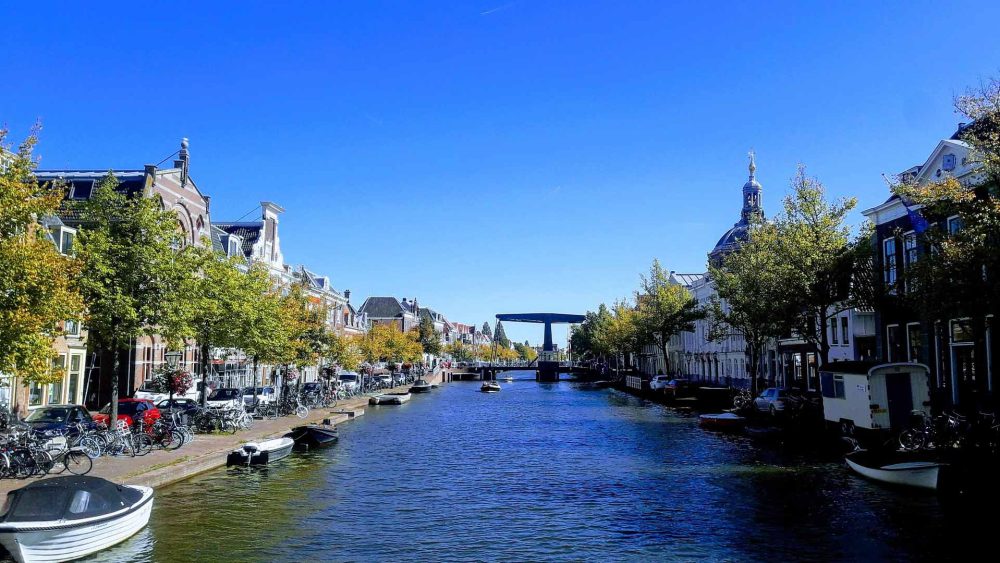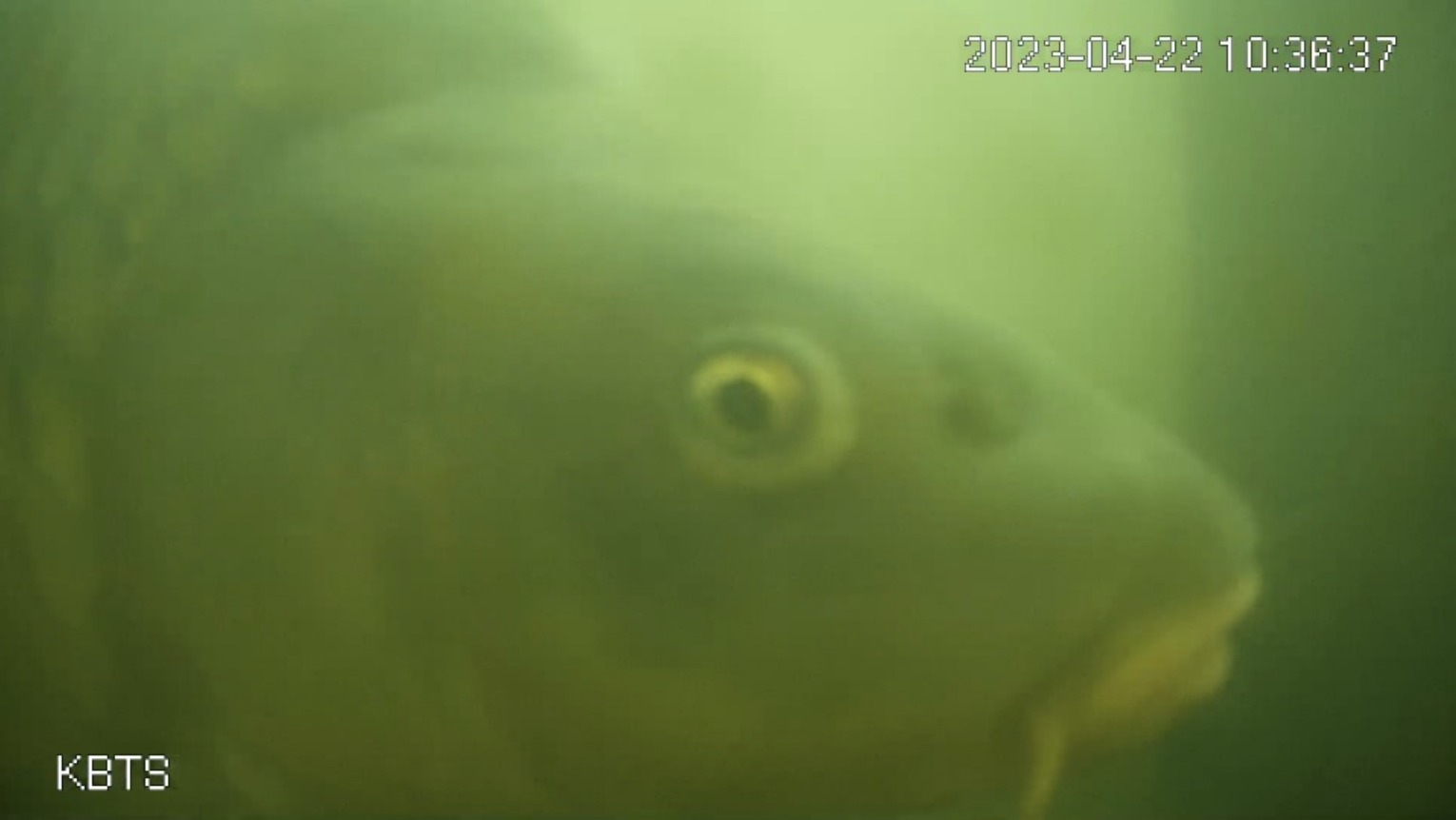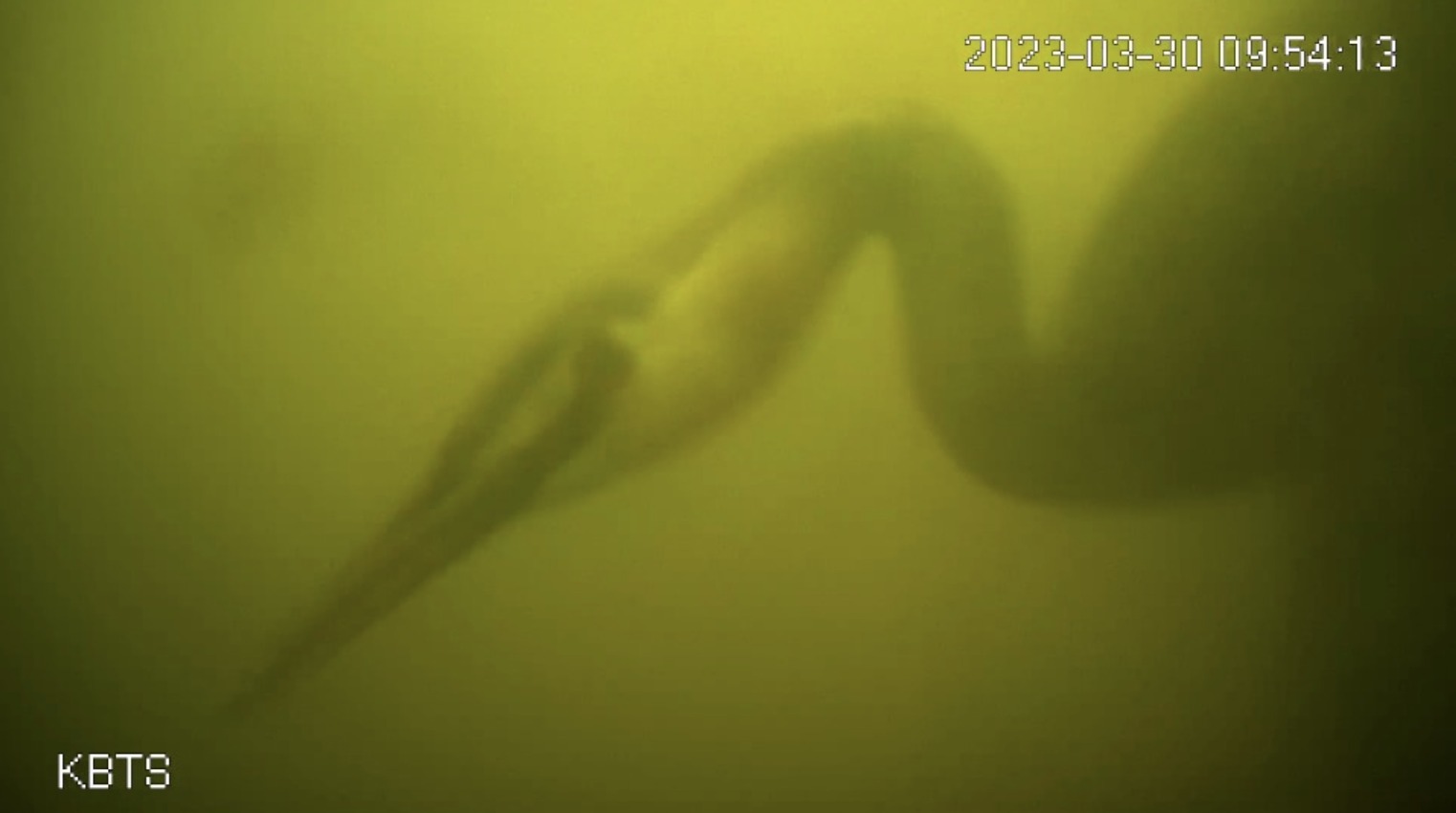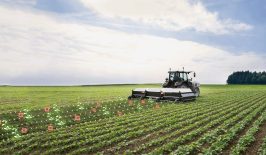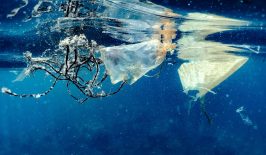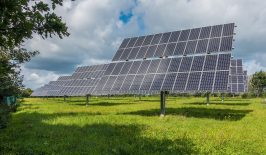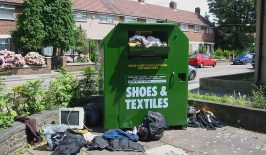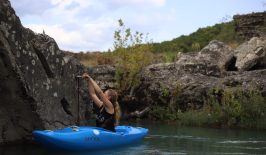Around the clock, hundreds of people are watching a live stream on the internet in which hardly anything happens. It shows images from an underwater camera placed at the Weerdsluis lock in Utrecht, the Netherlands. Live streaming from the canal is part of the “De visdeurbel” (fish doorbell) project, which was initiated by the city of Utrecht itself, among others.
If fish appear in front of the webcam lens, viewers can send a notification to the canal’s lock-keepers. The reason for this is less frivolous than simply enjoying watching fish online.
What is the fish doorbell all about?
With their fish doorbell, ecologists Anne Nijs and Mark van Heukelum are trying to draw attention to a problem. The canal that passes through Utrecht is an important migration route for fish travelling upstream to their spawning grounds. However, the 300-year-old lock is closed for several months of the year, posing a danger to passing fish.
While the fish wait for the next opening of the lock, they are at the mercy of predators such as pike, great crested grebes and cormorants. They also lose energy, which they need for their migration routes, some of which extend as far as Germany. The bell therefore alerts the lock-keepers that fish need to pass through. If there’s sufficient demand, they’ll open it.
With their project, the inventors also want to draw attention to the biodiversity of Utrecht’s canals.
“We want to show how much life there is in the canals”
In addition to the live stream, the project’s website provides information on the respective species and the number of fish that pass through the lock. There’s also a picture gallery with the best images from the underwater camera. Between this information and the attention the project has garnered online, Nijs and Heukelum want to highlight the diversity of life in artificial canals. According to their website, having this knowledge will also help them improve the quality of life for fish and other aquatic animals.
While the project was initially only advertised through flyers at universities, its unique concept didn’t take long to spread online. Thanks to a large amount of media attention—including from international news agencies—the fish doorbell at the Weerdsluis lock is currently working very efficiently. However, it’s yet to be seen whether this level of attention will be sustained in the long term and continue to guarantee fish a safe passage through the canal.
Migration routes should be taken into account in urban planning
The project also makes the point that animal migration routes must be taken into account in urban planning. The use of fish ladders, ascent aids or other systems should be considered when planning locks, just as wildlife bridges are constructed over motorways to allow wild animals to cross safely on land.
It’s unlikely that the city of Utrecht will equip the 300-year-old lock with a fish ladder. But those who would like to help the fish of Utrecht on their migration route have the chance to do so. The fish doorbell has been active again since the beginning of March 2024 and has already attracted thousands of helpers so far this year.
